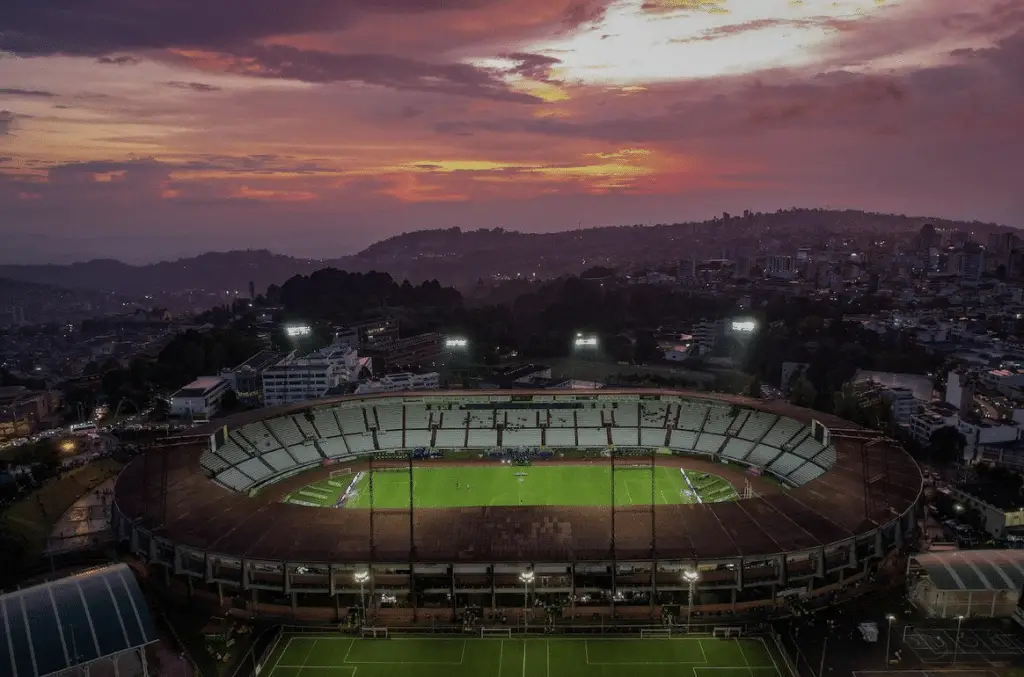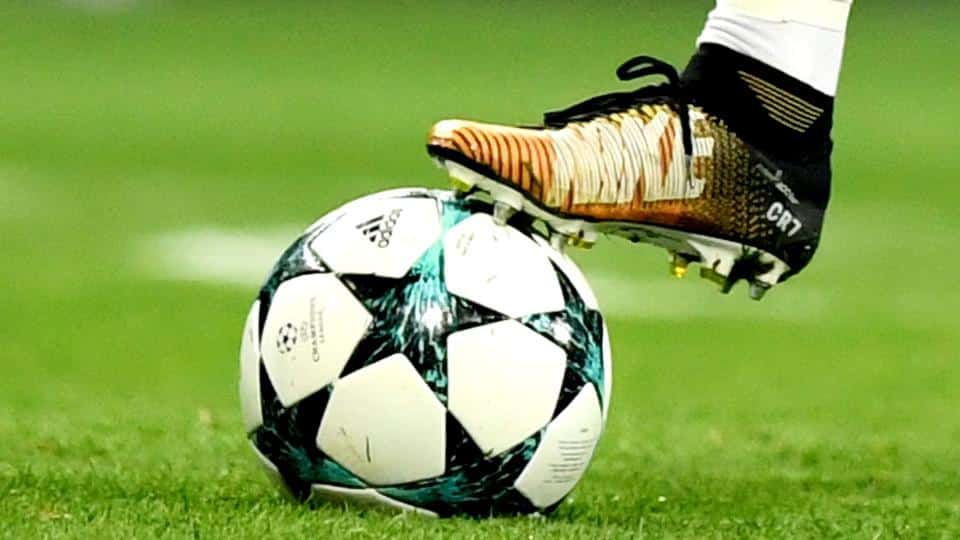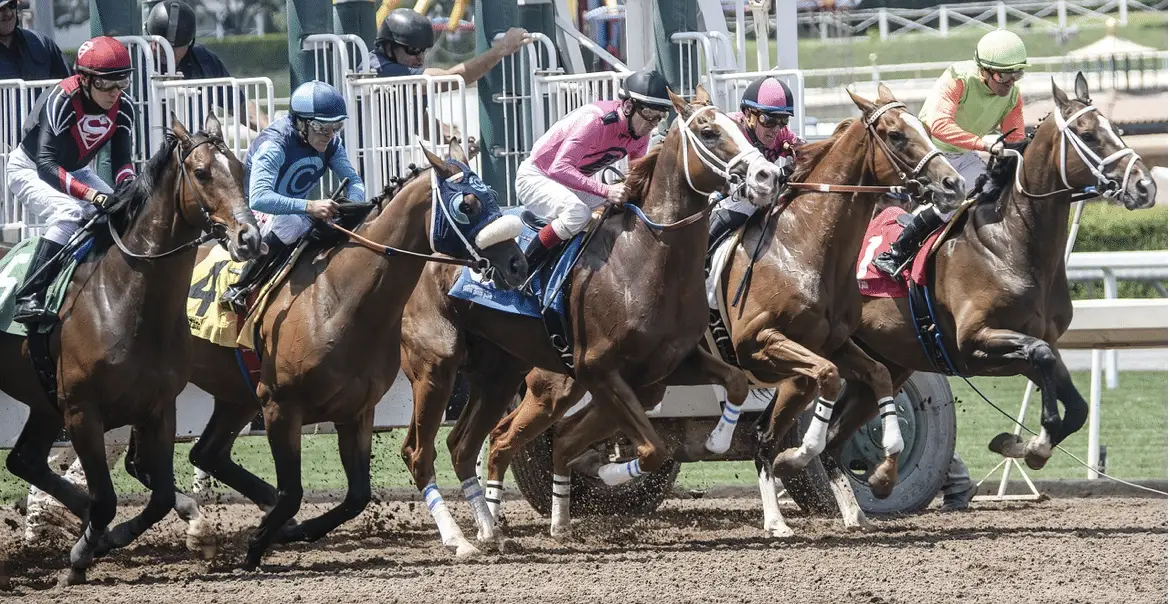Soccer, referred to in most countries as football, is by far the most played, watched, and popular sport across the entire globe. It is also estimated to be the oldest sport, with over two hundred and fifty million players across 200 countries, thousands of soccer coaches, and fans in the number of billions.
Many football players start training and playing at a young age. Kylian Mbappe, a popular Paris-Saint-Germain Football Club player, started training at 6, and that’s the case for many other footballers. While there are so many soccer teams worldwide, European clubs are the most popular because they have thousands of fans across other continents.
Many have attributed the global popularity to how old the sport is or how it does not require a huge investment to start playing like many other sports. However, some popular soccer players believe the beautiful game is popular due to the team spirit it embodies.
In this article, we take you down the lane of all playing positions in soccer, what it means, and each player’s impact in the grand scheme game. And finally, we will talk about popular players who play in each position.
Let’s take a look at Soccer Positions
Soccer is a game where exceptional teamwork wins over individual brilliance. In a football match, 11 teammates make up a soccer club. Ten will be players, and the remaining 1, be the goalkeeper. They include:
- Goalkeeper
- Right Full-back (or Wingback)
- Left Full-back (or Wingback)
- Center-back
- Center back (or sweeper)
- Defensive Midfielder
- Right Midfielder (or Winger)
- Center Midfielder
- Center Forward (or Striker)
- Attacking Midfielder (or Center Forward)
- Left Midfielder (or Winger)

Before explaining these positions, let’s quickly categorize them into three sets based on roles:
- Defenders
These are part of the team whose primary function is to ensure the opponent does not penetrate their territory and score against them. These are the goalkeeper, the last man standing, two full-backs, the two center-backs [and the sweeper, usually one of the two center-backs].
- Midfielders
As the name suggests, midfielders typically play predominantly in the middle of the field. They are usually 3-4, depending on the team’s formation.
There are four different types of midfielders which we shall explain later in this article.
- Forwards
They are sometimes called attackers, although not exclusive to them, and their chief goal is to disrupt the opponent’s defense and ultimately score goals for the team.
Now that we know these classifications, we will take the positions and numbers one after the other and discuss them fully.
- Goalkeeper – Number 1
The goalkeeper is the chief defender of the goalpost against an attack from the opponent team’s forward.
Typically, they defend the goalpost with all their body, including their hand. The goalkeeper’s hand can be used so far he is within the penalty area or box 18.
Goalkeepers are not restricted to just the goalpost. They can also score goals for the team. Goalkeepers typically wear the number 1 shirt since that’s the position’s number. However, it is not a compulsory rule in soccer.
Due to the seemingly restricted role of goalkeepers in a soccer match, they have a smaller place in soccer fans’ hearts than other players.
Only one goalkeeper, Lev Yashin of the USSR, has been named the best player in Europe through the popular individual award, Ballon d’Or; however, they also get recognition for their effort through various awards for the best goalkeeper in tournaments like the golden glove in the premier league or the world cup, as well as the popular Fifa’s “The Best” award.
He is the only goalkeeper to have ever won the Ballon d’Or, which was back in 1963.
When you check team stats, keepers are usually rated by the number of clean sheets they keep. The following are five players with the highest clean sheets:
- Pepe Reina (358 clean sheets),
- Petr Cech (397 clean sheets),
- Iker Casillas (440 clean sheets),
- Edwin van der Sar (440 clean sheets)
- Gianluigi Buffon (501 clean sheets).
- Full-backs or Wingbacks (Right and Left) – Number 2 & 3
These two positions are the same in placement and function, only that one defends the right side of the field and the other the left.
They are also called wing backs since they mainly defend against the opponent’s wingers. They also come in contact with the right and left midfielders of the opponent too.
Asides from defending, some teams also have their fullbacks heavily invested in attacking the opponents and creating chances to score goals. Those are also referred to as attacking fullbacks.
Some popular full-backs include Dani Alves, Ashley Cole, Trent Alexander Arnold of Liverpool, Philipp Lahm, and Brazilian players Cafu and Roberto Carlos.
- Sweeper & Center Back – Number 4 & 5
A Sweeper is not exactly a permanent position like Center back; when used, it is to defend the goal; as a line of defense between the goalkeeper and just behind other defenders. They do this to fill the gap left by their teammates when the team is playing a more offensive game.
However, the Center back covers the center of the field, in front of the goalpost. They are always purposely placed to prevent the opposing team and the ball from reaching the goalkeeper.
Over the years, with the latest soccer updates, defenders have been getting less attention than forwards. For instance, only three defenders have been awarded the best European Player of the year, Ballon d’Or.
Some of the most popular defenders currently are Sergio Ramos, a Spanish professional footballer with over 20 major titles, Virgil Van Djik of Liverpool, Paolo Maldini of A.C. Milan, and Ruben Dias.
- Defensive Midfielder – Number 6
A holding or defensive midfielder is usually a highly agile player, yet inexhaustible as they cover the largest field area, running up and down. The main function is to slow down the opposition from attacking the middle of the field and gaining possession.
They are not usually goal machines, but their contributions greatly advance the ball into the opposition’s half.
Aside from tackling and ball recovery, the other important quality of a defensive midfielder is being a great passer. They must be able to pass balls to the other midfielders and forwards with utmost accuracy because errors can be very costly for the team. Their stamina and alertness are their superior traits on the field.
Several popular Defensive midfielders, including Diego Simeone of Argentina, Patrick Vieira, and Roy Keane, are popular for their time at Manchester United.
- Wingers – Number 7 & 11
Like we have two wingbacks, we also have two corresponding wingers in soccer. They’re positioned along the left and right touchlines of the soccer pitch.
They are usually the team’s chief assist provider, although many goals come from the midfield. This is a natural phenomenon since they usually cross the ball to their teammates at the center of the field, and in doing this, they almost always have a one-on-one ball battle with the opponent’s defenders.
They need to be extremely fast with the ball, possess mad reflexes, and be able to dribble and, as we said earlier, provide assists by being fantastic passes. Footwork and solid shooting skills are also important.
Wingers mostly also act as forward, particularly in a 4-4-2 or 4-3-2-1 formation, which is why some wingers score so many goals. Some of the most popular wingers of the century are Gareth Bale, Eden Hazard, Sadio Mané, Son Heung-min, and David Beckham, among many others.
- Central Midfielder – Number 8
They are typically all-rounders since they carry equal offensive and defensive responsibilities. They position themselves in the center of the field and must have excellent ball skills.
They chiefly link the whole team together, and therefore a fast decision-making skill on the ball is important and must also have stamina, speed, and top-notch passing skills, and should be able to dribble excellently.
Some of the best-playing central midfielders in Europe are Thiago Alcantara, who joined Liverpool from the German side Bayern Munich, France’s Eduardo Camavinga; Manchester City player Ilkay Gundogan; Real Madrid duo Toni Kroos and Luka Modric, who is also a one time Ballon d’Or winner.
- Center Forward – number 9
The center forward, also popularly referred to as the striker, as the name suggests, strikes the opponent’s defense hard. He is the biggest threat to the opposing team’s goalkeeper since his main job is positioning himself deep into the opponent’s half, very close to box 18.
However, he must be smart in his positioning to be good enough to get passes from his teammates and not too extreme to get trapped in the offside.
Usually, they are one of the finest, if not the finest, shooters on the team, and they almost always aim for the goalpost. They also need great agility to be productive by outrunning the opponent and converting chances. The ability to punish opponents for mistakes, great stamina, and great dribbling ability is top in a striker’s arsenal.
Top European strikers include Robert Lewandowski, who moved from Munich to play for Barcelona in Spain, England’s Harry Kane, Erling Haaland, and Karim Benzema, who is from France but plays for real Madrid.
- Attacking Midfielder – Number 10
The Central Attacking midfielder’s most important skill is accuracy and good shooting skills, just like the center midfielder. They are generally offensive and are strategically positioned between the forward and the center midfielders.
Generally, they are the team’s playmakers and are important because they work hard to cause chaos in the heart of the opponent’s territory.
Elite passing, top-notch dribbling, great vision, intelligent decision-making, and alertness are other important skills of the center-attacking midfielder.
The most popular attacking midfielder and the most successful is the 35-year-old Lionel Messi, who recently led his national team, Argentina, to a world cup victory in Qatar. Another very popular attacking midfielder, who also plays as a forward, is the 24-year-old Kylian Mbappe.
Other attacking midfielders include Bruno Fernandes of Manchester United Football Club, Bernardo Silva of Manchester City Football Club, 33 years old Thomas Müller, and 20 years old Jamal Musiala, who both play for the German national football team.
Soccer Formation and How It Affects The Positioning
The positions we have highlighted above are the standard positions that have, over the years, been seen in all football teams. However, it is important to note that some of these positions may change and be slightly modified to fit the team’s style of play, the players’ strengths, or the opponent’s perceived threat.
The head coach of the team mainly decides all these. For instance, the team’s full-backs may play as an attacker. The number 9, naturally, a center forward may play as a False 9. This is quite seen in the trio of Mohammed Salah, Sadio Mane, and Roberto Firmino under Jurgen Klopp’s Liverpool.
Roberto Firmino was a false 9, stationed high up the pitch but had the freedom to roam around and drop back into deeper positions to receive the ball and link up play. As in Jaime Mata’s role in Spain’s national team, a defensive striker also leads the team’s defensive pressure, giving the opposition little time and space.
There’s also a Supporting Striker, as in the case of Paulo Dybala, who, as a part of Juventus’ 4-2-3-1 system, plays as a support striker behind Gonzalo Higuain or Mario Mandzukic.
The Effect of a Team’s Captain
The captain, also fondly called the skipper, is a team member chosen to lead his teammate on the pitch. Usually, Skippers is one of the squad’s older or most experienced members or a player who can largely influence a game or has good leadership qualities regardless of his position.
Conclusion:
There you have it! Football is largely different from many sports because you need a complex level of teamwork that works seamlessly. When a player joins a team, he is often selected to join only when he seems to have a playing style that will effectively key into existing team coordination. When such a player is not, he is usually trained for some time before he is allowed to play in a competition.
Finally, all players have important roles to play in every moment of the match, and they all must play their roles for the team to win over their opponents.
For More Great Chicago Sports Content
Get the latest Chicago sports news, analysis, and breaking stories on the Bears, Bulls, Blackhawks, Cubs, White Sox, Sky, and more! Tap the star to add us to your favorites on Google News, so you never miss a story on your favorite Chicago teams.
Follow us on Twitter at @chicitysports23 for more great content. We appreciate you taking time to read our articles. To interact more with our community and keep up to date on the latest in Chicago sports news, JOIN OUR FREE FACEBOOK GROUP by CLICKING HERE




